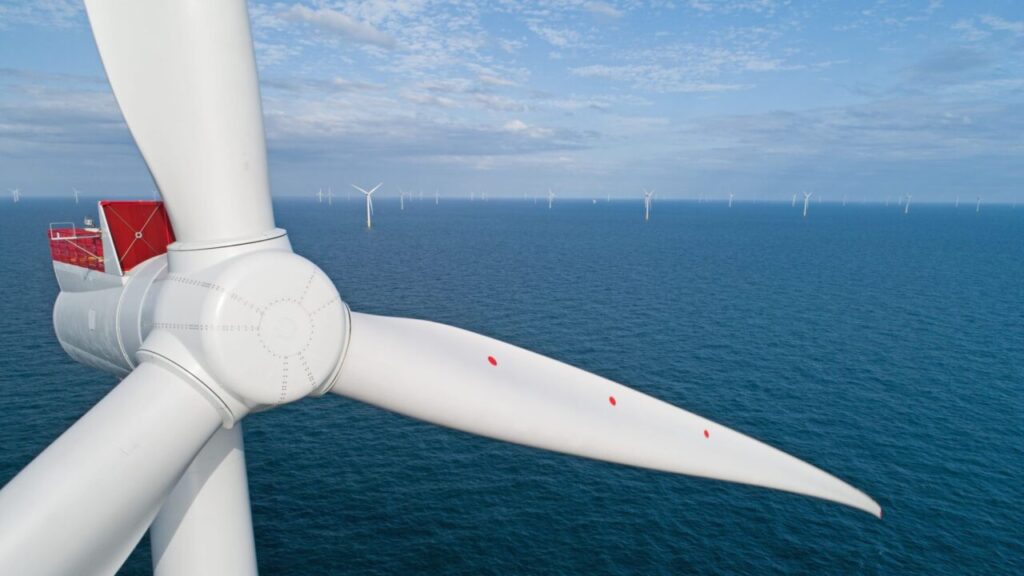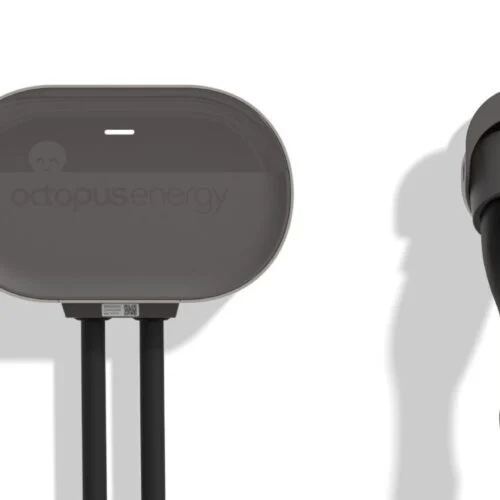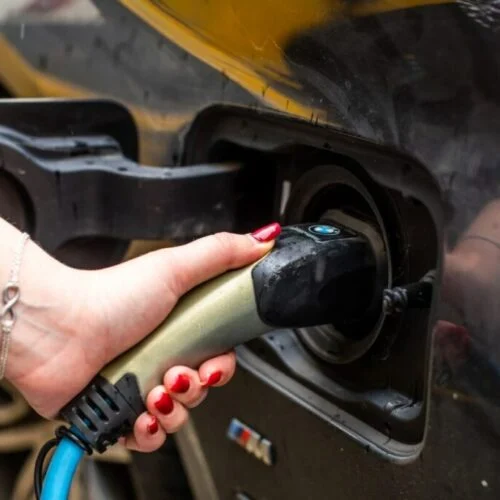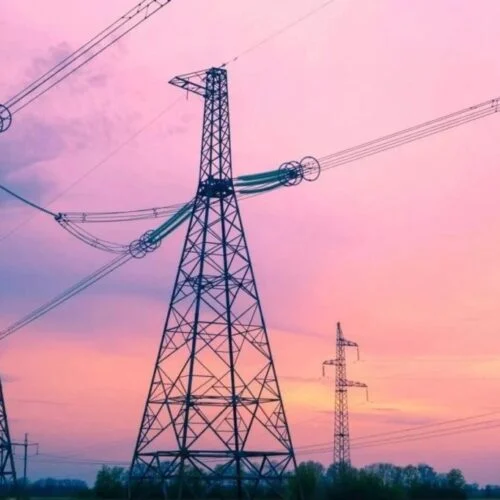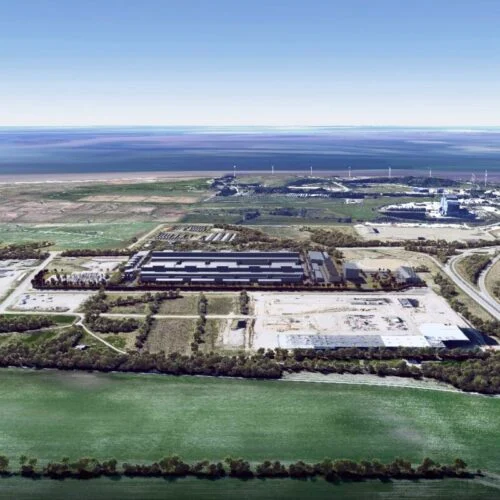This week, the UK’s offshore wind industry has been dealt a blow with news that Danish energy company Ørsted will discontinue its 2.4GW Hornsea 4 project, citing rising costs.
Ørsted received its development consent order (DCO) from the UK government for Hornsea 4 in 2023, and successfully secured a Contracts for Difference (CfD) in auction round 6 last year.
However, in a statement released yesterday (7 May), the Danish energy major stated that an increase in supply chain costs, higher interest rates, and an increase in the risk of constructing and operating Hornsea 4 on the planned timeline for the project have seen the development shelved “in its current form”.
Despite this rollback, Ørsted said it will evaluate options for future offshore wind project development given that it has secured seabed rights, a grid connection agreement and a DCO.
As a consequence of the decision, Ørsted expects to incur breakaway costs of DKK 3.5-4.5 billion (£398-£5 million) in 2025.
Despite shuttering the project, Rasmus Errboe, group president and CEO of Ørsted, reiterated that the organisation remains fully committed to the UK offshore wind industry and supporting the nation’s energy transition.
“Our capital allocation is based on a strict and value-focused approach, and after careful consideration, we’ve decided to discontinue the development of the Hornsea 4 project in its current form, well ahead of the planned Final Investment Decision later this year,” Errboe said.
“I’d like to emphasise that Ørsted continues to firmly believe in the long-term fundamentals of and value perspectives for offshore wind in the UK. We’ll keep the project rights for the Hornsea 4 project in our development portfolio, and we’ll seek to develop the project later in a way that is more value-creating for us and our shareholders.”
The Hornsea offshore wind cluster
Although Hornsea 4 has been shelved, the offshore wind cluster remains one of the largest in the UK and on the European continent.
Hornsea 1 is already one of the world’s largest offshore wind power plants and has a generation capacity of 1.2GW. It first started supplying energy to the national grid in 2019.
The offshore wind plant comprises 174 turbines and covers an area of 407 square kilometres, which Ørsted claims is over five times the size of the city of Hull.
Each turbine generates 7MW and is 190 metres tall, larger than the Humber Bridge concrete towers or, for our London-based readers, larger than the Gherkin building in the capital’s financial district.
Hornsea 2, on the other hand, is a 1.32GW offshore wind farm and covers an area of 462 square kilometres. Its slightly larger generation capacity is enough for Ørsted to claim it is the world’s largest offshore wind power plant.
The offshore wind plant is located 89km off the coast of Yorkshire and comprises 165 wind turbines, each contributing 8MW. The turbines were provided by the Spanish-German engineering company Siemens Gamesa.
Approximately 380km of export cables were installed on the project, around the distance between Grimsby and Amsterdam. It is expected to be operational sometime in 2027.
Hornsea 3 is set to be the largest of the cluster, with a generation capacity of 2.9GW. The offshore wind power plant is located 160km off the Yorkshire coast in the North Sea and was awarded an inflation-indexed strike price of £37.35/MWh in July 2022 from the CfD auctions.
Siemens Gamesa will supply the Hornsea 3 project with its SG 14-236 DD offshore wind turbines, which have a capacity of 14MW excluding power boost.
